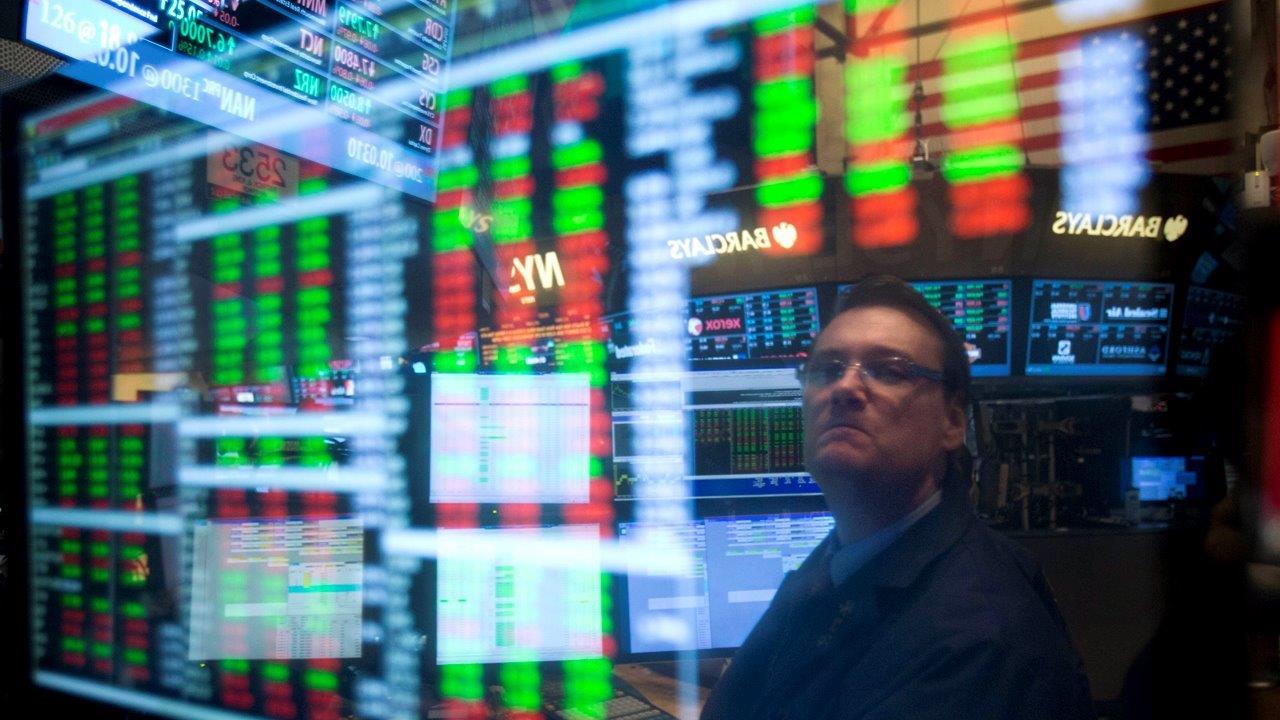The Rate Hike: Low Rates Averted Another Great Depression
Seven years ago, during the darkest days of the financial crisis, the Ben Bernanke-led Federal Reserve lowered interest rates to an unprecedented near-zero range in an effort to prevent another Great Depression.
It worked.
“They helped stave off a depression and ultimately helped get the economy out of recession and back to (albeit slow) growth,” said Greg McBride, chief financial analyst at Bankrate.com.
When rates were lowered to their current 0%-0.25% range in December 2008, the unemployment rate stood at 7.3% and would eventually climb to a recession high of 10% a year later. Millions of Americans were losing their jobs and millions more were losing their homes to foreclosure.
Now, with the Fed apparently ready to raise rates on Wednesday, the headline unemployment rate stands at 5%, a seven-and-a-half-year low and well within the Fed’s description of ‘full employment.’ Economists say all of the 8.7 million jobs lost during the recession have been recovered.
The idea behind the Fed’s two-pronged stimulus policy – low interest rates combined with a massive (now ended) bond purchasing program known as quantitative easing – was simple: lower borrowing costs and pump cash into the economy in an effort to spur economic activity.
Back From the Precipice
While few would argue that the Fed’s historic foray into interventionist monetary policy was an unqualified success, especially given the slow rate of economic growth throughout this recovery, it would be just as pointless to suggest the Fed had failed in its overall mission – easing the U.S. economy away from the precipice.
The low rates have served as a key link in an economic domino effect that began with cheaper borrowing costs creating demand for goods, explained Gus Faucher, senior economist at PNC Financial Services Group. That demand helped kick-start the economy during the 2009 recession and has helped it to sputter along ever since. Consumer spending, after all, represents nearly 70% of the U.S. economy.
Faucher said cheaper borrowing costs added a jolt to a dangerously faltering economy by allowing consumers to purchase all manner of big ticket items, including homes, cars and appliances.
“It spurred a recovery in the housing market,” said Faucher. “We’re not all the way back but it’s a big positive for growth right now.”
Indeed, pending home sales, a key barometer for measuring momentum in the U.S. housing market, hit a nine-year high earlier this year and sales have hovered at or near that level ever since. And economists believe strong U.S. labor reports in October and November will only add to housing market momentum heading into 2016, notwithstanding the slight bump in mortgage rates that is likely to follow a Fed rate hike. A consumer who believes her job prospects are bright is far more likely to buy a new home than one who doesn’t.
Auto sales have also been given a tremendous lift by low rates with the industry poised to break its annual sales record of 17.4 million cars and trucks set back in 2000.
Moreover, companies seeking to meet that growing consumer demand had no choice but to increase hiring to do so, which has helped drive the unemployment rate below where it stood at the outbreak of the 2008 crisis.
Household Wealth
Low interest rates have also contributed to the overall economic recovery by pushing asset prices higher, notably the value of homes and stock portfolios. Home prices have risen amid strengthening demand spurred by the lowest mortgage rates in decades and stocks have soared as investors have poured money into equities searching for a better return than they would realize from investments closely tied to interest rates such as CDs and bonds.
That bounce in household wealth has also contributed to stronger consumer sentiment and spending.
Meanwhile, businesses have also benefited from the lower rates, using the cheaper borrowing costs to reinvest in their companies at a pace that has now surpassed that at the beginning of the 2008 crisis.
Lastly, the success of the long-term, low-rate experiment can also be measured not by what did happen but by what didn’t happen. Many critics of the Fed’s policies suggested low rates combined with quantitative easing would lead to runaway inflation and a weak dollar. Neither prediction came true.
“It’s not been an unalloyed positive, but a lot of the negative costs that were projected such as runaway inflation and a weaker dollar didn’t come to fruition,” said Faucher.




















